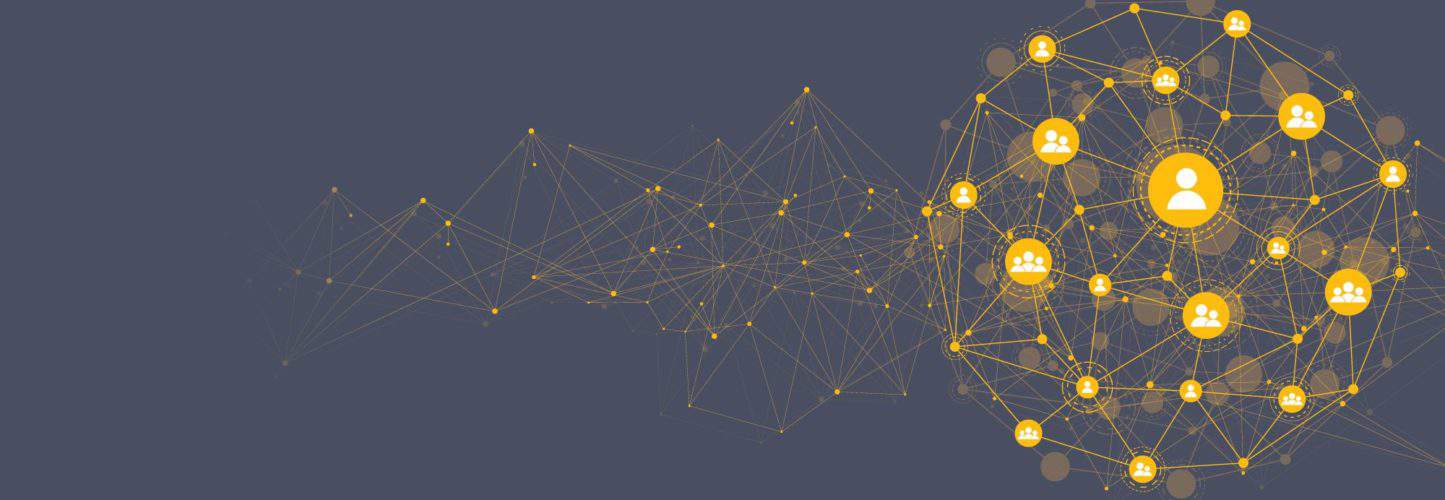In my role as a Project Manager at Nottingham City General Practice Alliance (NCGPA), I help to introduce new systems and ways of collaborative working. My day-to-day role is of a Practice Manager within a Nottingham City practice, so as well being responsible for helping to roll out TeamNet across the practices in the federation, I also get to use TeamNet myself within my own practice, meaning I can then tell others how great it is from my own experience.
Being a Practice Manager is a rewarding job, but can be very demanding too. TeamNet supports a lot of what we do as Practice Managers, and more. I would love to meet whoever built it as they really were able to get into the mind of a Practice Manager. They have actually thought of every avenue of what we do and what a practice delivers. It’s my second self!
One of the real benefits of TeamNet is that it recognises that every practice is different and the system allows for a significant amount of personalisation and adaptability. Through my practice management experience, I know how frustrating it can be when new solutions are introduced and new ways of working are imposed as a result. We wanted to shape how we use TeamNet around how our practices are already working and we reflected that within our roll out and training programme.
The functionality of TeamNet encourages collaboration and I really appreciate the significant time efficiencies that it creates. Often it can be quite simple things that previously would have taken so much time. For example, before we implemented TeamNet, I’d often overhear GPs complain that they can’t find a pathway for a specific condition. Now with TeamNet it’s so simple – you just go to the portal, use the search function to quickly find the pathway and it opens with all of the relevant information and contact details.
TeamNet’s diary function allows you to send calendar invitations to individuals across your practice or any other city practice, you can receive notifications for who has opened invites, create agendas and write up the meeting minutes within the diary event. They’re very small adaptions to the way we work, but it means that when the CQC visit, I can open the relevant meeting and all of the associated information is there neatly saved in one place.
Policies, Protocols or guidance can change quickly in the medical sector, before we introduced TeamNet, whenever we received a safety alert I would need to email the alert to individuals, ask for a response to show they had read it, or I would take print outs to weekly meetings and ask GPs to sign paper copies, which is all so time consuming. TeamNet now tracks the alerts, displays the details in full, the system keeps an electronic record of actions and which individuals have seen particular information for compliance purposes, and all workflow actions and notes are audited.
You can tell that TeamNet has been built with CQC compliance in mind. Everything the CQC want to see on a visit is immediately available and easy to follow – you could even give them access before they arrive!
TeamNet also delivers significant time efficiencies for GPs who already use the Clarity Appraisal system, integration between the two makes it easy for GPs to save professional development information from TeamNet into the Clarity’s Appraisal system, which saves so much time.
Throughout the implementation process Clarity’s team have also been a brilliant resource. They have so much knowledge and no question is ever too small. They have worked really closely with our team and have been very supportive in terms of listening to our feedback and developing new ideas for functionality. They have made the whole process so straightforward and I can’t wait to see what new additions they make going forwards!


